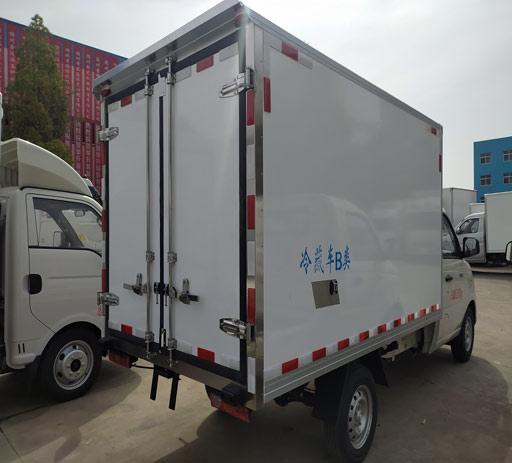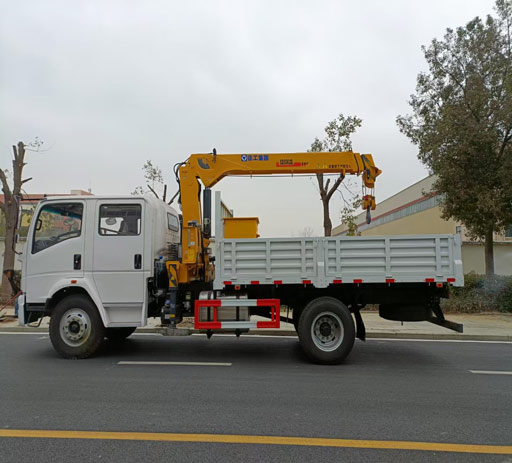Understanding PTR Compactor Parts: Your Complete Guide

As waste management solutions become increasingly essential in various industries, understanding the components that make up these machines is vital. In this comprehensive guide, we explore PTR compactor parts, their functions, maintenance tips, and more. Whether you’re an operator, technician, or business owner, this article will provide valuable insights into PTR compactors to optimize your waste management processes.
What is a PTR Compactor?
PTR compactors are heavily utilized in industries for compressing waste materials into manageable sizes, thus optimizing waste collection and reducing costs. These machines are designed to compact various types of waste, including cardboard, plastics, and other recyclable materials. Their efficiency largely depends on the quality and condition of their parts.
The Importance of PTR Compactor Parts
The performance of a PTR compactor is directly linked to its individual parts. Each component plays a specific role, and understanding these can help in better operation and maintenance.
Key PTR Compactor Parts and Their Functions

1. Hydraulic System
The hydraulic system is the heart of any PTR compactor. It uses hydraulic fluid to transfer force from one area to another, allowing the compactor to operate effectively.
Major Components of the Hydraulic System
- Hydraulic Cylinder: Converts hydraulic energy into mechanical energy for compacting waste.
- Hydraulic Pump: Supplies hydraulic fluid to the system, providing the necessary pressure.
- Hydraulic Valves: Control the flow of hydraulic fluid, ensuring safe and efficient operation.
- Hydraulic Reservoir: Stores hydraulic fluid and helps maintain the correct fluid levels.
2. Compaction Chamber
The compaction chamber is where the waste is compressed. Its design and dimensions significantly affect the compaction ratio and efficiency of the machine.
Materials Used
Compaction chambers are typically made from high-quality steel to withstand significant pressure and wear.
3. Control Panel
The control panel is the operator’s interface, allowing for ease of operation and monitoring. It consists of buttons, switches, and indicators that help control the machine’s functions.
Features of an Efficient Control Panel
- Emergency Stop: For safety, stopping the compactor immediately in case of an emergency.
- Indicator Lights: Show the status of the compactor, including power and operational indicators.
- Adjustable Settings: Allow customization of compacting speed and pressure.
4. Safety Features
Safety is paramount in any machinery operations. PTR compactors come equipped with multiple safety features to protect operators and bystanders.
Examples of Safety Features
- Anti-Tie Down Switch: Prevents the machine from operating when access doors are open.
- Safety Guards: Protect operators from moving parts.
- Emergency Shutoff: Allows immediate machine shutdown in emergencies.
Regular Maintenance of PTR Compactor Parts
Why Maintenance is Essential
Regular maintenance prolongs the life of PTR compactor parts and ensures optimal performance, reducing downtime and repair costs.
Maintenance Tips
- Regular Inspections: Conduct routine inspections to identify wear and potential failures.
- Fluid Levels: Check hydraulic fluid levels frequently, ensuring optimal operation.
- Cleaning: Keep the compaction chamber and hydraulic system clean to avoid clogs and wear.
- Part Replacement: Replace worn-out parts promptly to maintain performance and safety.
Common Issues and Troubleshooting Tips
Hydraulic System Problems
Signs: Unusual noises, leaks, or the machine failing to operate.
Solution: Check for fluid leaks, ensure the hydraulic reservoir is filled, and examine the pump and valves for damage.
Compaction Issues
Signs: Ineffective compaction, increased waste volume.
Solution: Inspect the compaction chamber for blockages and check the hydraulic cylinder for any signs of wear.
Choosing Quality PTR Compactor Parts
Importance of Quality Parts
Using quality parts ensures durability, reliability, and improved efficiency of the waste compactor. Inferior parts can lead to frequent breakdowns and high maintenance costs.
Where to Buy PTR Compactor Parts
| Supplier Name | Contact Information | Specialization |
|---|---|---|
| PTR Baler & Compactor | [email protected] | Original Equipment Manufacturer (OEM) Parts |
| Waste Equipment Sales | [email protected] | Replacement Parts |
| Compactor Parts Warehouse | [email protected] | Wide Range of Components |
Upgrading PTR Compactor Systems
Benefits of Upgrading
Upgrading your PTR compactor with modern parts can enhance performance, efficiency, and safety. It can also lead to lower operational costs.
Common Upgrades
- Energy-efficient pumps: Reduce energy consumption and operational costs.
- Advanced control systems: Provide better monitoring and automation capabilities.
- Enhanced safety features: Improve overall safety measures and compliance with regulations.
Case Studies: Successful Implementation of PTR Compactor Parts
1. Retail Industry Case Study
A local grocery chain faced issues with waste overflowing and high collection costs. They upgraded their compaction system with high-capacity hydraulic cylinders, which doubled their compaction efficiency, reducing collection frequency and costs.
2. Manufacturing Industry Case Study
A manufacturing plant replaced their outdated control panels with modern, user-friendly interfaces. This not only improved efficiency but also reduced operator training time, allowing for a smoother transition.
Frequently Asked Questions

1. What are the main components of PTR compactors?
The main components include the hydraulic system, compaction chamber, control panel, and safety features.
2. How often should I perform maintenance on my PTR compactor?
Routine inspections should be done monthly, with detailed maintenance checks performed every six months or sooner, depending on usage.
3. Where can I find PTR compactor parts?
PTR compactor parts can be purchased from manufacturers, online retailers, and specialized equipment suppliers.
4. What are the signs of hydraulic system failure in compactors?

Signs include unusual noises, leaks, or the compactor failing to operate effectively.
5. Can I upgrade my existing PTR compactor parts?
Yes, upgrading is a common practice to enhance efficiency, safety, and operational costs.
6. How do I know if a part needs replacement?
Look for signs of excessive wear, leaks, or any operational inefficiencies. If a part is causing frequent breakdowns, it should be replaced.
